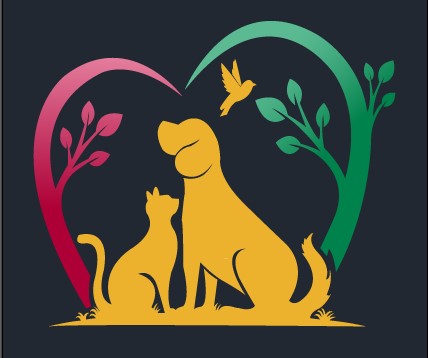What Are Whisker Woes? Understanding Your Pet’s Whiskers
Whiskers are more than just cute facial features on your pet. Whether you have a cat or dog, whiskers (technically known as vibrissae) serve critical functions that help your pet navigate the world. When these specialized hairs face issues, your pet can experience discomfort or behavioral changes. Let’s explore the importance of whiskers, what “whisker woes” are, and how to keep your furry friend happy.
The Role of Whiskers
Whiskers are deeply embedded hairs connected to nerve endings, making them highly sensitive to touch and movement. These specialized sensors help pets gauge the width of spaces, detect changes in their environment, and maintain balance. For cats, whiskers also aid in hunting by sensing prey movements, even in the dark. Dogs use their whiskers similarly to understand their surroundings, especially when exploring unfamiliar areas.
What Are Whisker Woes?
“Whisker woes” refers to problems that occur when your pet’s whiskers are damaged, overstimulated, or improperly handled. Whisker-related issues can lead to discomfort, stress, or disorientation. Here are some common whisker woes:
- Whisker Fatigue: This happens when your pet’s whiskers experience repeated overstimulation, making them feel overwhelmed. For example, cats may develop whisker fatigue from constantly brushing their whiskers against high-sided food or water bowls.
- Broken or Damaged Whiskers: Whiskers can get damaged through rough play, fights, or accidents. While they typically grow back, broken whiskers can temporarily affect your pet’s ability to navigate.
- Plucking or Trimming: Whiskers should never be cut or plucked. Since they are sensory tools, altering them can confuse and disorient your pet. For instance, a cat with trimmed whiskers may misjudge the width of openings or lose balance.
Signs of Whisker Woes
Look out for these signs that your pet may be experiencing whisker-related discomfort:
- Reluctance to Eat or Drink: If your cat or dog hesitates to eat from their usual bowl, whisker fatigue might be the issue.
- Clumsiness: If your pet is suddenly bumping into objects, damaged whiskers could be affecting their spatial awareness.
- Head Shaking or Pawing at the Face: This behavior can indicate irritation or discomfort around the whisker area.
- Irritability or Avoidance: Your pet may become irritable if their whiskers are overstimulated or if handling their whiskers causes discomfort.
How to Prevent Whisker Woes
Taking a few simple steps can help ensure your pet’s whiskers stay healthy and functional:
- Choose Appropriate Bowls: Opt for shallow, wide bowls for food and water to prevent whisker fatigue, especially for cats.
- Avoid Touching Whiskers: Gently pet your cat or dog without handling their whiskers, as some pets find this uncomfortable.
- Regular Check-Ups: Ensure regular veterinary visits to monitor whisker health and address any issues early.
- Provide a Whisker-Friendly Environment: Keep your pet’s environment free from tight spaces or hazards that might damage their whiskers.
A Little Care Goes a Long Way
Whiskers play an essential role in your pet’s sensory perception and overall well-being. Understanding whisker woes and taking simple precautions can help your furry companion stay comfortable, confident, and happy in their environment.










